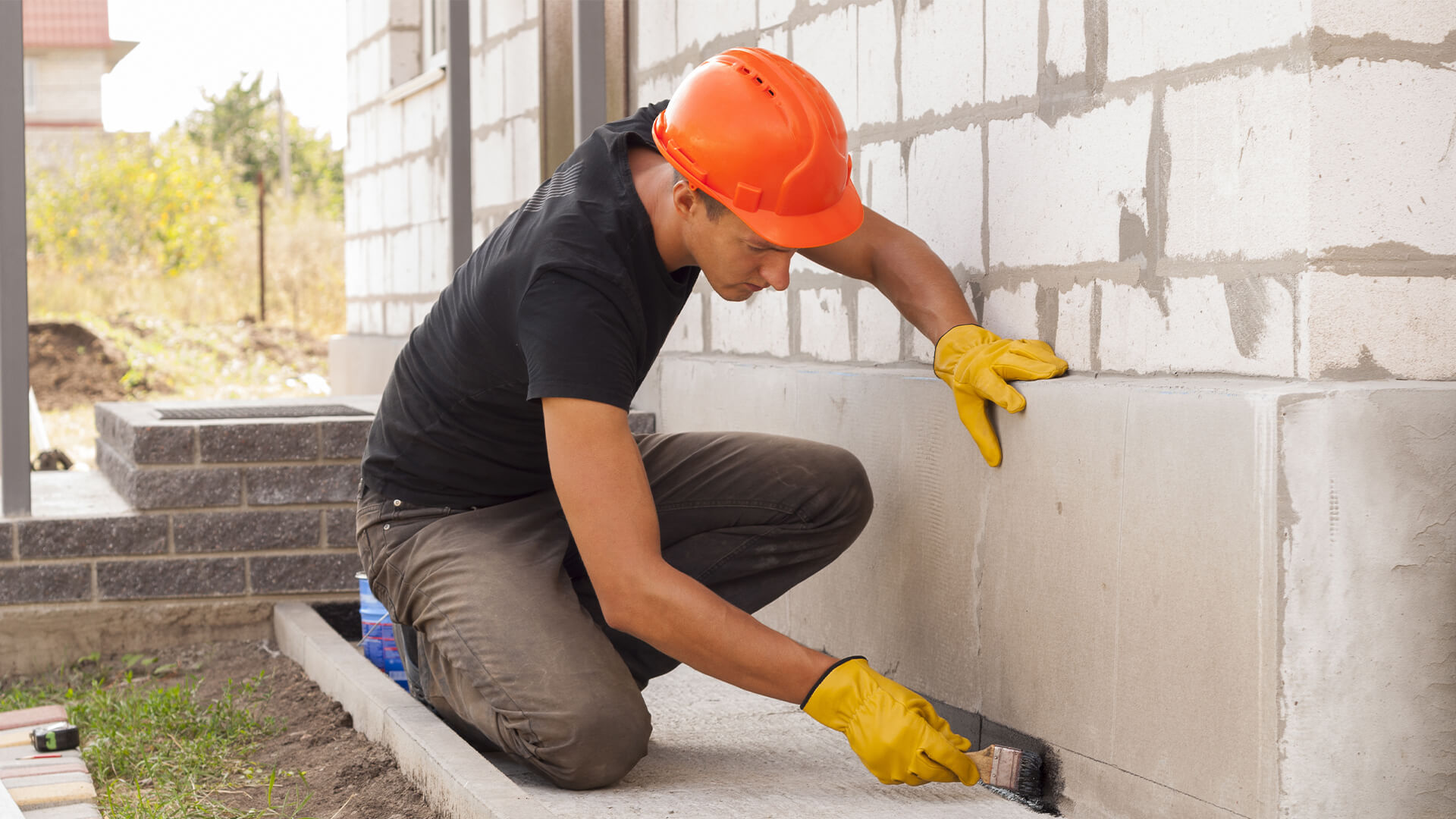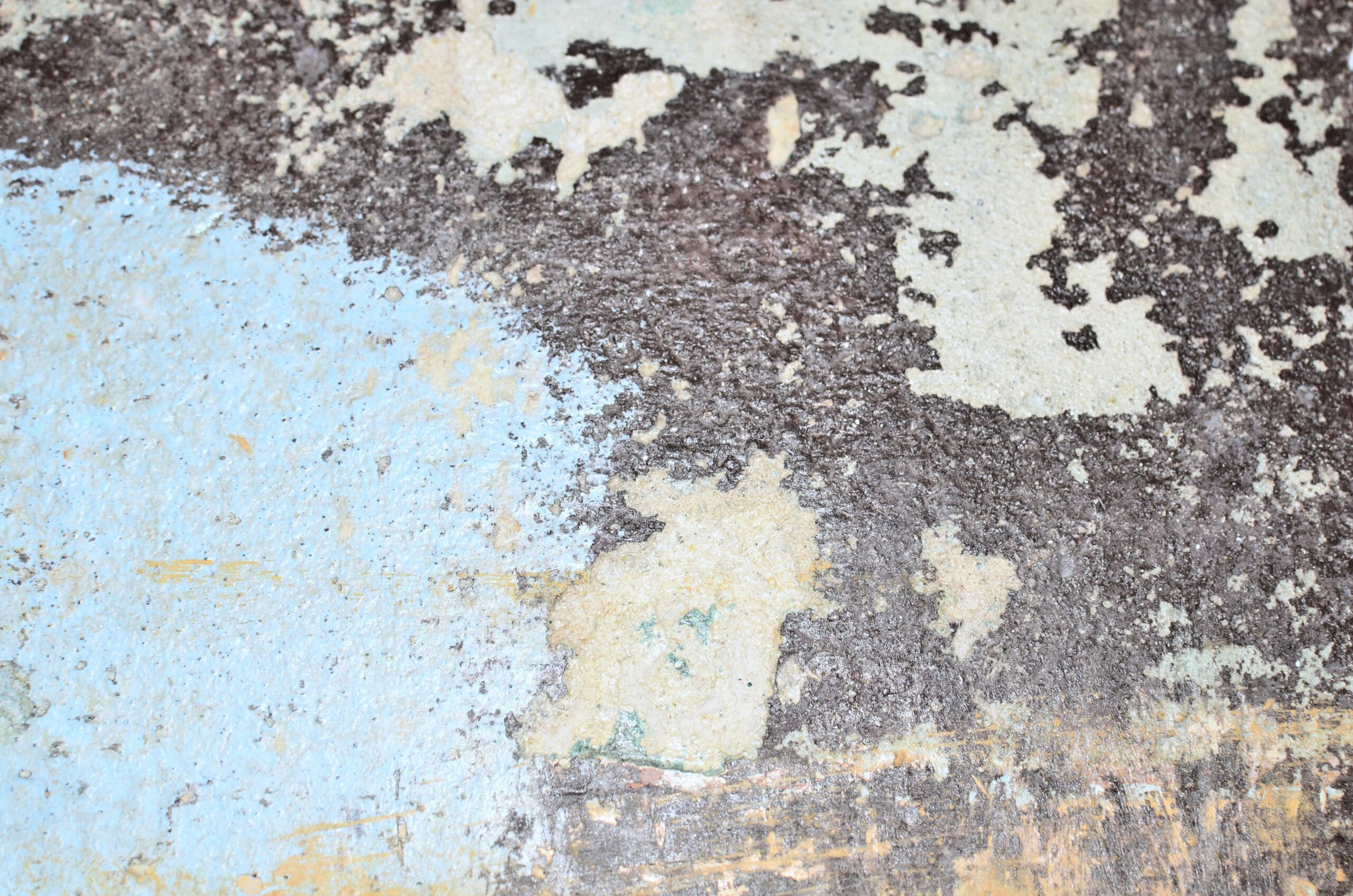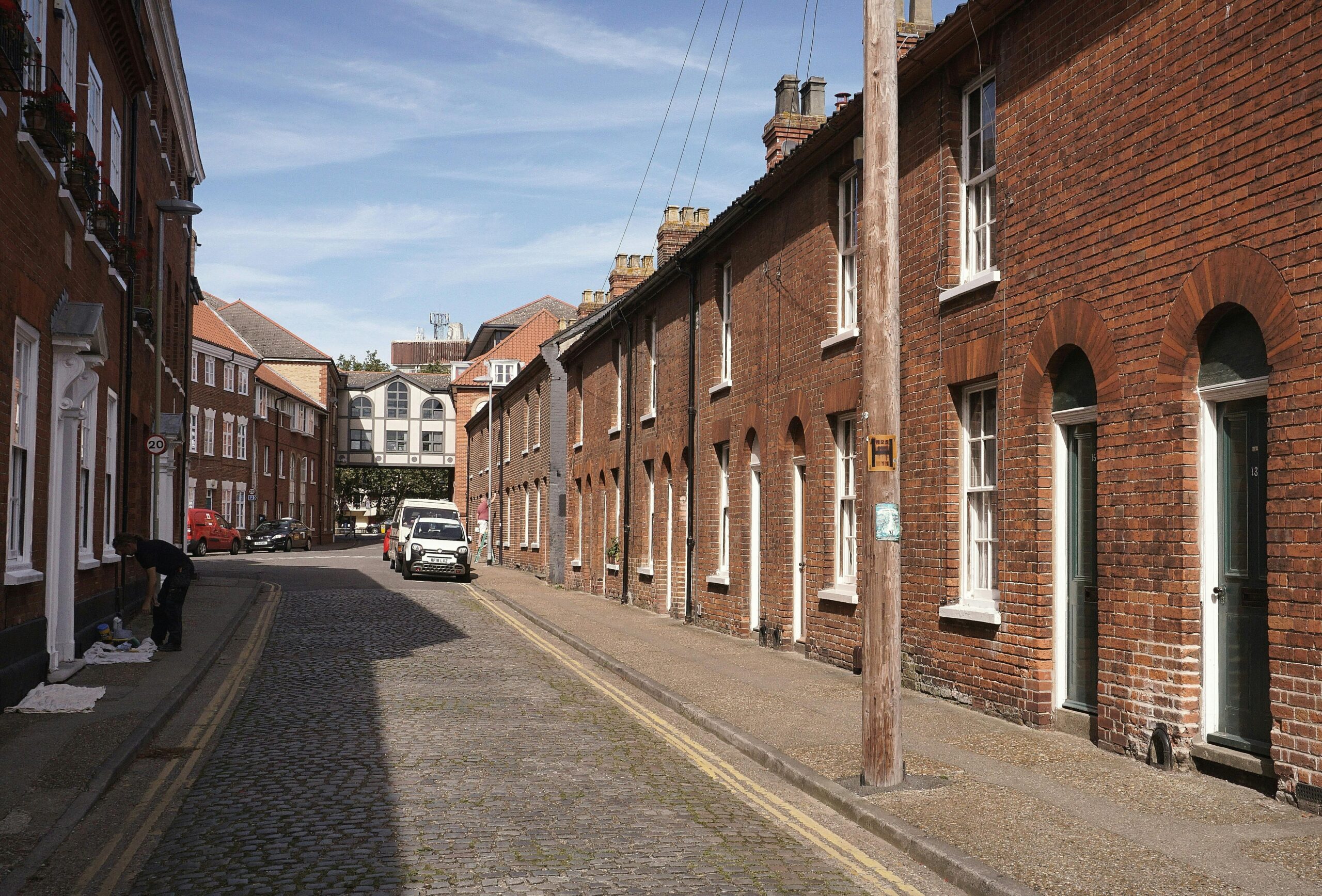
The Complete Guide To Waterproofing Thick Walls For Old Houses In The UK
Waterproofing thick walls means stopping water from getting into solid brick or stone walls, especially in older houses found across the UK. These walls were built without modern damp-proof layers, which means they easily soak up moisture from rain, rising damp, or indoor humidity. If left untreated, this water can lead to black mould, crumbling plaster, and that cold, musty feeling many people notice in period homes.
Old UK houses often have solid walls with no cavity in the middle. This makes them strong, but it also means water can pass through more easily. Over time, the bricks or stones absorb moisture, and if they can’t dry out properly, damp problems start to show up inside. You may see peeling paint, damp patches, or smell a constant damp scent that doesn’t go away, no matter how often you clean.
Waterproofing thick walls helps keep your home warm, dry and healthy. It protects the inside from outside rain, helps reduce heating costs, and makes the walls last longer. It’s not about hiding the problem with paint or sprays. It’s about fixing the cause, letting the wall breathe, and keeping the moisture out for good.
In this guide, we’ll look at what causes damp in older homes, how to know if your walls need waterproofing, and the best ways to treat thick walls properly. We’ll also explain costs, how long the work might take, and what to expect during the process.
If you own an older property in the UK, and you’re seeing signs of damp, this guide will help you understand why waterproofing thick walls is not only smart, but necessary.
What Causes Damp In Thick Walls Of Older Houses?
Damp in thick walls is a common problem in older houses across the UK. These properties often have solid brick or stone walls that were built without a cavity, which means water can pass through more easily and get trapped inside. When moisture builds up over time, it leads to mould, musty smells, and even damage to plaster or paintwork.
One of the main causes is rainwater soaking into the wall. In older homes, the outer brickwork may have small cracks or worn mortar that lets rain seep in. Over time, the wall holds onto this moisture, especially during long, wet winters when the sun can’t dry it out properly.
Rising damp is another common issue. This happens when moisture from the ground travels up through the bricks because there’s no damp-proof course, or the one that’s there has failed. You’ll usually see this near the bottom of the walls, where the paint may bubble or wallpaper starts to peel.
Condensation can also lead to damp patches, especially in thick walls that are cold to the touch. When warm air indoors hits a cold surface, it turns to water and soaks into the wall. This is more likely in homes without good ventilation or insulation.
Leaking pipes or gutters can also play a part. Water may be dripping down the outside of the wall or leaking behind the plaster without anyone noticing. Over time, even small leaks can lead to big problems.
Lastly, poor repairs or sealed surfaces can trap moisture inside. Many older walls were coated with non-breathable paints or cement-based renders in the past. These trap water in the wall rather than letting it escape, which can make the damp worse.
Understanding the cause is the first step. Waterproofing thick walls isn’t just about covering up the damp it’s about stopping the moisture from getting in and giving the wall a chance to breathe and dry out. The right method depends on where the water is coming from and how long it’s been there.
If your old house has thick walls and you’re seeing signs of damp, it’s time to take a closer look and deal with the cause properly.

How Do You Know If Your Thick Walls Need Waterproofing?
Thick walls in older houses can hide problems for a long time. Because they’re solid, they don’t show moisture in the same way as modern cavity walls. But once signs start to show, it usually means there’s already quite a bit of moisture inside. So, how do you know if your thick walls need waterproofing?
One of the clearest signs is persistent damp patches on interior walls. These may feel cold or slightly wet, even when the heating is on. The patches often appear in corners, around window frames, or near the skirting board. If the same spots come back after cleaning or drying, that’s a strong clue there’s a deeper moisture problem inside the wall.
Another red flag is flaking paint or peeling wallpaper. When moisture gets trapped behind the wall surface, it pushes the paint or wallpaper loose. You might also see bubbles forming under the surface or lines that follow the path of the rising water.
If your home smells musty or has that old, damp smell no matter how much you air it out, it could be the thick walls holding onto water. Mould or mildew growing on the surface is another warning sign, especially if it keeps coming back.
You should also check for cracks or damage to the outside wall. Look at the brickwork or stone closely. If the mortar looks crumbly or there are hairline cracks, water might be getting in through those gaps. The same goes for areas near downpipes or gutters, which may leak water straight onto the wall.
Touch the wall itself. If it feels much colder than other walls or slightly damp, especially during wet weather, this is a strong hint the wall is taking in moisture. And if the house takes a long time to warm up, or always feels cold and damp, the walls might be soaked and not able to hold heat well.
If you spot any of these signs, it’s time to look into waterproofing walls. A proper check will show what’s happening inside the wall and how serious it is. Acting early can stop long-term damage and make your home feel warm and dry again.
Best Methods For Waterproofing Thick Walls In Older UK Buildings
Waterproofing walls in older UK homes needs care, the right tools, and the right method. These buildings were often built without modern materials, so any work must respect the original structure while making it dry and safe. There isn’t one fix that works for every home, but here are the best methods used by professionals to stop damp in thick walls.
One of the most reliable ways is using a breathable waterproof cream or treatment on the outside walls. This is brushed or sprayed onto the bricks or stone. It soaks in and forms a water-repelling barrier, which stops rain from being absorbed into the wall. The best part is that it still allows the wall to breathe, so trapped moisture can escape.
If the damp is rising from the ground, the solution may be a damp-proof injection. This involves drilling small holes at the base of the wall and injecting a liquid or cream that forms a new barrier. This stops moisture from moving up through the bricks. It’s a good choice when the original damp-proof course has failed or doesn’t exist.
Another useful method is repointing the brickwork, especially if the mortar between bricks is worn away. Gaps in mortar let rain get in, so refilling them with breathable lime-based mortar helps seal the wall while keeping it natural.
Lime plastering on the inside of the wall is another smart option. Modern plaster traps moisture, but lime allows it to move through and evaporate. If you’re redoing the inside walls, switching to lime plaster can help the wall stay dry long-term.
For walls that suffer from condensation or are always cold, internal wall insulation might help. This involves fixing breathable insulation boards directly to the inside of the wall. They keep the wall warm and reduce condensation, without trapping moisture.
In some cases, a mix of treatments is best. For example, cream for the outside wall, repointing, and insulation inside. The key is to choose breathable materials that protect without sealing the wall too tightly.
Waterproofing walls in older buildings isn’t about quick fixes. It’s about choosing the right approach that lasts and respects the age of the home.

Waterproofing Thick Walls: Costs, Timeframes And What To Expect
When thinking about waterproofing walls in an older UK home, many people want to know what it will cost, how long it will take, and what the process involves. These are all fair questions, especially if the property is large or listed. While costs can vary, understanding the general range and what happens during the job will help you plan properly.
How much does it cost?
The cost of waterproofing thick walls depends on the size of the area, the method used, and how much prep work is needed. On average, external waterproofing creams start from around £40 to £60 per square metre, including labour and materials. If repointing or wall repairs are needed first, this will add to the cost.
For damp-proof injections, prices usually range from £300 to £900 per wall, depending on length and thickness. Lime plastering inside can cost £80 to £120 per square metre, while internal wall insulation boards may range from £100 to £150 per square metre.
Older or listed buildings may need more care and specialist materials, which can increase the price slightly. Still, the cost is small compared to what long-term damp damage could end up costing you in repairs, heating bills, and property value loss.
How long does it take?
Most jobs take between 2 to 5 days, depending on the number of walls and how much work is needed. External treatments are usually quicker and less messy, while internal work may take longer due to drying times or replastering.
Some methods, like damp-proof injection or insulation, may need extra drying time before decorating can begin. Your installer should give you a clear plan of what to expect before starting.
What should you expect?
During the job, you can expect some drilling, brushing, or minor wall repairs. The team will often check moisture levels, fix any damage, apply the waterproofing product, and clean up fully after. Good installers will also advise you on airflow and maintenance so the problem doesn’t come back.
Waterproofing thick walls may seem like a big job, but the results are well worth it. It keeps your home warmer, protects its structure, and gives you peace of mind.
Let Us Help You Waterproof Your Thick Walls Properly
If you’ve noticed signs of damp, cold spots, or mould in your old home, it may be time to think seriously about waterproofing thick walls. We understand how frustrating it is to deal with damp that keeps coming back, even after painting, scrubbing or patching things up. The truth is, unless the real cause is treated properly, the problem will always return.
At Ventil8ed, we’ve helped many property owners in the UK protect their thick walls from water, rising damp and weather damage. We don’t offer quick fixes — we look at the bigger picture. From the outside brickwork to the inner plaster, we check how your wall breathes, how moisture is getting in, and what needs to be done to stop it long-term.
We use breathable materials, proven methods, and we explain everything clearly so you know what’s being done and why. Whether it’s applying waterproof creams, fixing poor pointing, or removing damp insulation, we only use approaches that respect the age and structure of your home.
Waterproofing thick walls not only protects your property — it makes it warmer, healthier, and more enjoyable to live in. You’ll notice less moisture, fewer smells, and lower heating bills once the walls can breathe and stay dry.
If you’re ready to stop worrying about damp and want a proper solution that lasts, we’re here to help. Call us today on +44 7762 214344 to book your damp check. Let’s get your walls dry, warm and problem-free properly.


